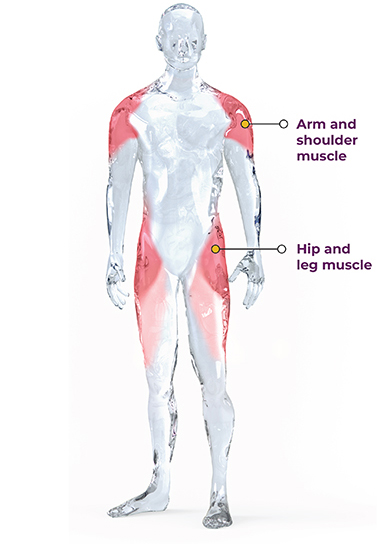
Limb-girdle muscular dystrophy (LGMD) is a group of distinct diseases that cause weakness and wasting of the muscles, generally starting with the muscles around the hips and shoulders and eventually progressing to the arms and legs. However, some subtypes start distally at the leg or arm muscles and then progress to the hip and shoulder muscles. LGMD can be caused by a single gene defect that affects specific proteins within the muscle cell, including those responsible for keeping the muscle membrane intact.
Symptoms may appear at any age, depending on the type of LGMD, and in some subtypes tend to progress faster in younger patients. Individuals may have trouble getting out of chairs or climbing stairs. Eventually, they may need a wheelchair to get around. Some forms of the disease lead to heart and breathing problems and early death.
Over 30 subtypes exist, and both genders are affected equally.